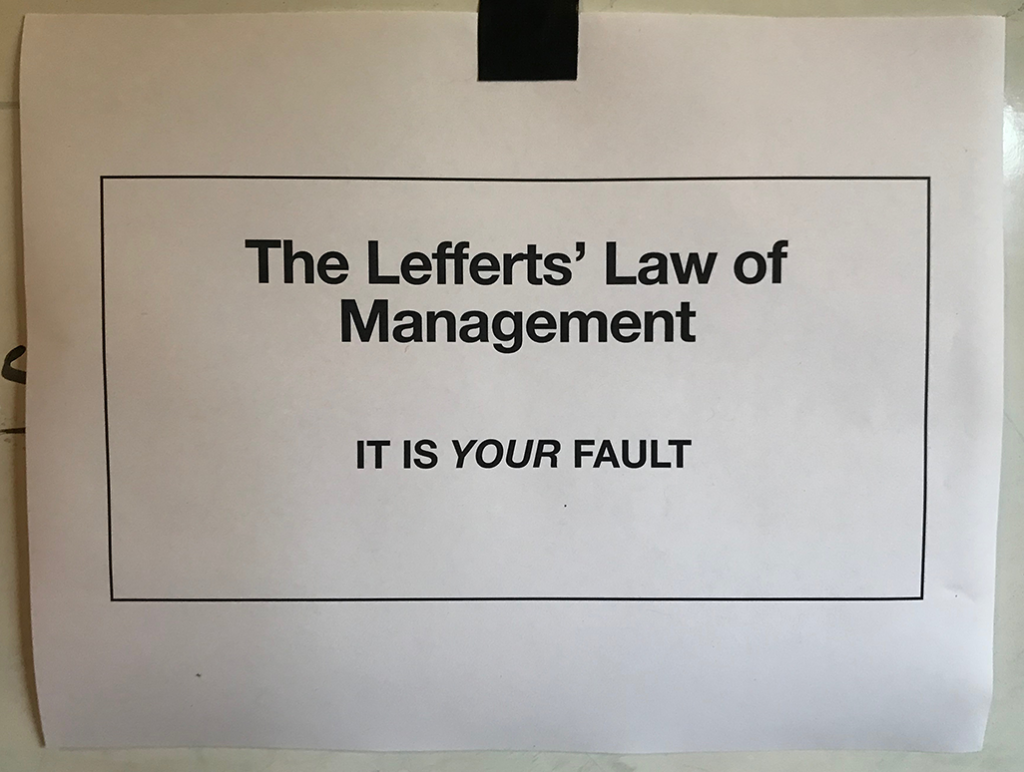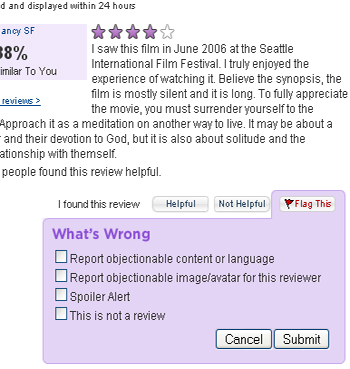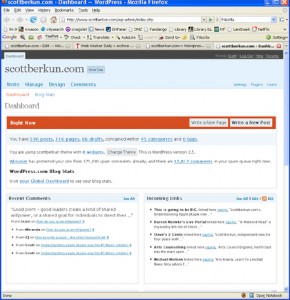 Thanks to Brady Forrest and Jen Pahilka for giving me not one but two slots this week in a high caliber lineup. It was awesome to meet and talk to so many folks in just a few days (talking to people is always where the value is). (Photo credit: James Duncan Davidson).
Thanks to Brady Forrest and Jen Pahilka for giving me not one but two slots this week in a high caliber lineup. It was awesome to meet and talk to so many folks in just a few days (talking to people is always where the value is). (Photo credit: James Duncan Davidson).
Its been awhile since I’ve been to a big tech conference around a singular theme (web 2.0) during its rise. To see both the promise and the hype swirling around together made for a fun couple of days. Walking the expo floor, where vendors and companies demo and pitch for your pleasure, gave me flashbacks to Internet World in ’96 and ’97. Back then, there were a zillion “push technology” companies, services and products. Now it’s “social media” or “web 2.0”, with a zillion companies all throwing the same jargon around and mostly failing to distinguish themselves from one another.
There are certainly good ideas in the mix, and I think Tim O’Reilly and Clay Shirky‘s opening keynotes did more than any company I saw to speak for those ideas, or even attempt to describe what substance might surface from all the technology, energy and money bouncing around.
The problem for me is how infrequently people investing their lives making these things can describe how, at the end of the day, all of the potential described gets transfered into value. Or why the value provided is worth the risks and costs of using whatever they are selling (register for this, buy that, use this, etc.) It’s not a complex question, but it is the primary one I’m sure many attendees were asking: how much substance and takeaways can I fish out of the buzz?
I wasn’t surprised, but I didn’t hear anyone mention how many amazing things are made, in 2008, by organizations with little interest in web 2.0 concepts – namely Apple, Toyota, your favorite film director, or your favorite music band. Not to mention all of the great amazing things the world produced before 1994 (the year the web, even in 1.0 form, was born). That’s not to say this alone proves anything – my point is only this: it is possible to achieve amazing things, without -insert name of current trend here-. Thriving communities, tribes, and cultures have existed for ages. If its possible to do well without whatever the new secret sauce is, it suggests there’s an underlying element that’s not being talked about. I’m convinced there is a more refined explanation for what people might gain from buying what the expo vendors are selling, but very few people seemed capable of even suggestion one.
The unspoken nugget / explanation / marketing line that might get me jazzed is this:
We have always been collaborative. Always been social. It’s in our genes and it’s what we have evolved to do well. Good technologies enhance our natural abilities, give us useful artificial ones, and help us to get more of what we want from life. Web 2.0 and social media make the process of collaboration and developing relationships more fun, efficient, powerful and meaningful.
Ok. Now we’re talking. With a statement like this I can walk the halls of the expo, or converse with the greatest web 2.0 pundit, and have a straight conversation. Will this get me more of what I want from life? More of what my customers want from me, or vice-versa? I can make tangible arguments about what I want or my customers need and sort some decisions out. But note that the statement above is devoid of hyperbole like revolution, ground breaking, disruptive or transformative, things that are entirely subjective. If you identify a real problem well enough, you never need those words: the people who have those problems will naturally find what you do revolutionary if you really solve their problems.
Ok, enough industry talk. Here’s some shop talk for anyone that saw me speak: I’d give my performance at my innovation workshop a B and the keynote a C+. The keynote was mostly new material and, surprise, I never found my rhythm. I gave it my best but it wasn’t a great 10 minutes. The other funny thing is that the tech crew warned me the remote doesn’t go backwards – it’s kamikaze style – a warning I shrugged off as I couldn’t imagine in a ten minute talk needing to go backwards. Well, guess what, I did. I could have asked them to go back if I’d wanted but didn’t, it wouldn’t have saved my performance anyway :)
Workshop slides here: How to Innovate on Time



 Thanks to
Thanks to 







